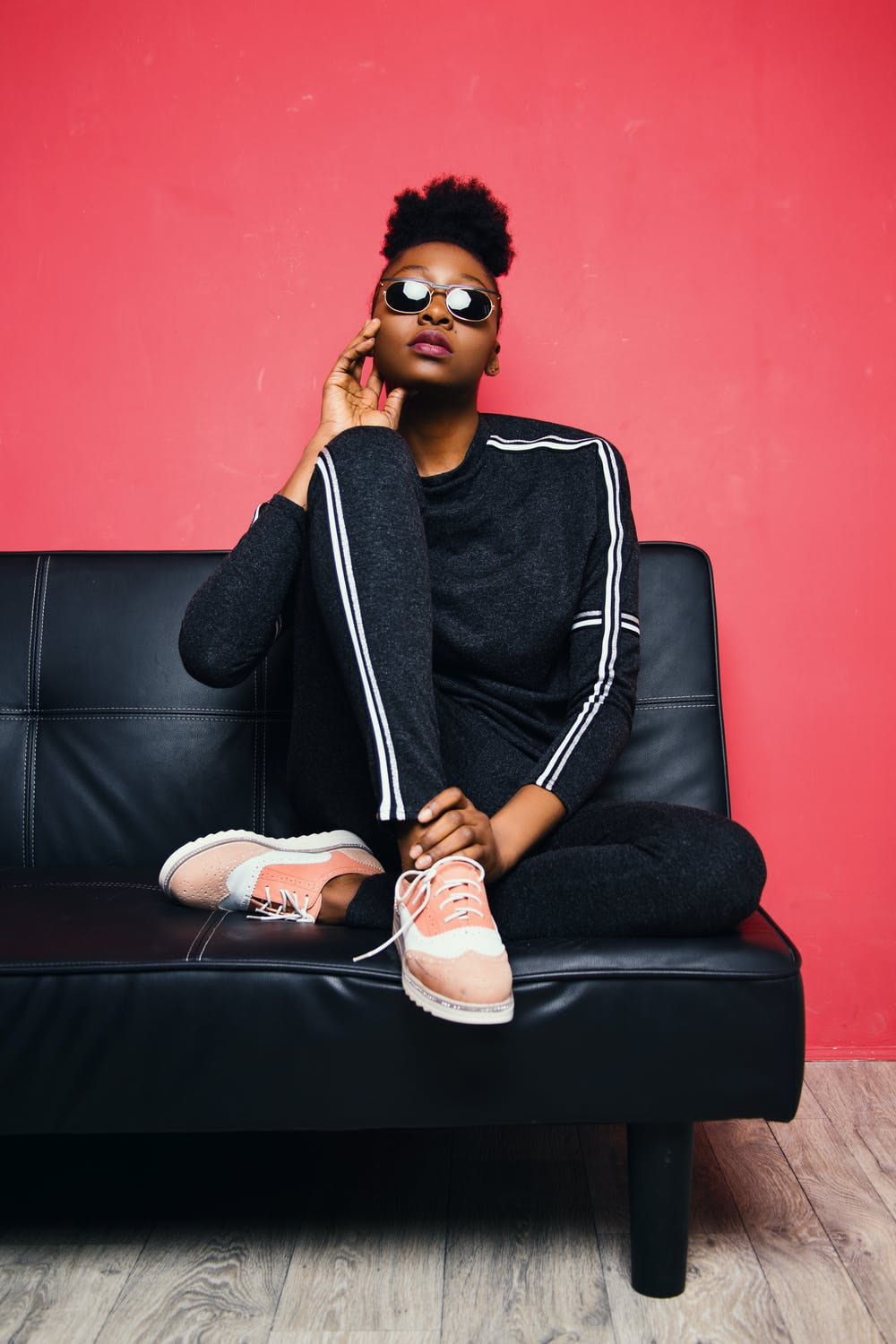
Much like beauty, style is in the eye of the beholder. It varies from person to person. This explains why you might consider the style of a person or designer unappealing and “too much”, while others would applaud them for their creativity and boldness. It is purely subjective.
The great thing about this subjectivity is that it allows for a wide array of perspectives and expressions. So people can decide their outfits and aesthetics based on their mood, background, comfort, personality, body type or how they want to be seen. For some, the ultimate expression of style is a vintage silk dress they found in their grandmother’s closet, while for others, it is a brilliant Alexander Wang neon bodysuit paired with ripped jeans. And in both cases, their perspectives would be valid.
Fashion v. Style
There is a common misconception that fashion and style mean the same thing. This is far from accurate. Fashion refers to the prevailing look or manner of dressing in a place or culture in a certain time. This speaks to trends, what is considered popular and accepted as by the gatekeepers of fashion or by society in general.
Style, on the other hand, speaks to how a person expresses themselves through clothing items or their aesthetic choice in general. The key difference between both is that while fashion is collective and trendy, style is individual and timeless.
With this background, it is clear that this article is not intended to make you lose your individuality and sense of style but to provide useful pointers defining it and making the best of what you have.
Here are the do’s in developing your style:
Comfort
“Beauty is pain” is a common expression. But this does not have to be the case. You can have a style that expresses you without causing pain and discomfort. This usually depends on your clothing and mindset.
Building your style around items that feel good on the skin, clothes, shoes and jewelry that fit properly and functional could be the difference between you having a good day and a bad one where you are irritated and uncomfortable the entire time.
You can build your wardrobe with comfortable pieces and style them in a comfortable manner. When buying clothes in a store, for example, test them out. Try to walk, dance, lift your hands, bend your arms and squat in them. If you are able to do these without problems, then the clothes are comfortable. Also, the market is rife with comfortable pieces like sweatshirts and pants, pajamas sets, crocs, sneakers and sundresses so you have a lot of options if comfort is something important.
Quality
If style is important to you, you will see quality clothing as a good investment. It might seem like a good idea to buy a cheap item because it is affordable without considering the quality, but that is often just pennywise and pound foolish because they are usually not durable, and the fabric is not always comfortable.
Focusing more on the quality of the item you are purchasing, would mean that you are investing in more durable, sustainable and comfortable pieces.
Wearing quality items also help in giving you a boost of self-confidence because the materials used in creating them are better and they look better with nicer finish.
You don’t have to go overboard with spending to wear quality pieces. What is important is that you find good quality items within what you can afford.
Sustainability
The fashion industry contributes to 10% of global carbon emissions and is the second largest polluting industry in the world, just after the oil and gas industry. This is as a result of overproduction, water usage, pollution and other unsustainable practices in the fashion production process or just wastefulness by consumers.
There are several actions and style changes you can make to reduce the environmental impact of the fashion industry, including buying better quality and more durable outfits you can use for longer, including thrifted clothes and accessories in your wardrobe, buying trans-seasonal outfits, mending your clothes and patronizing brands that have sustainability at the heart of their operations.
Visual
The discussion on visual is only relevant as long as it relates to confidence. In developing your style or choosing a clothing item, it helps to think about if the visual appeals to you and if you would feel confident wearing it. Your consideration should not be whether it is popular – but if it’s right for you and if it would make you feel good.
Learn from Others
Even though we analyzed earlier that style varies with individuals, it is not completely novel. Most people that are considered style icons learnt to fashion out their style by learning from others, experimenting and tweaking looks to suit their taste.
There are several style-inspiration blogs and platforms like Pinterest that can offer guidance and ideas on several different styles you get inspiration from and adapt to suit you.